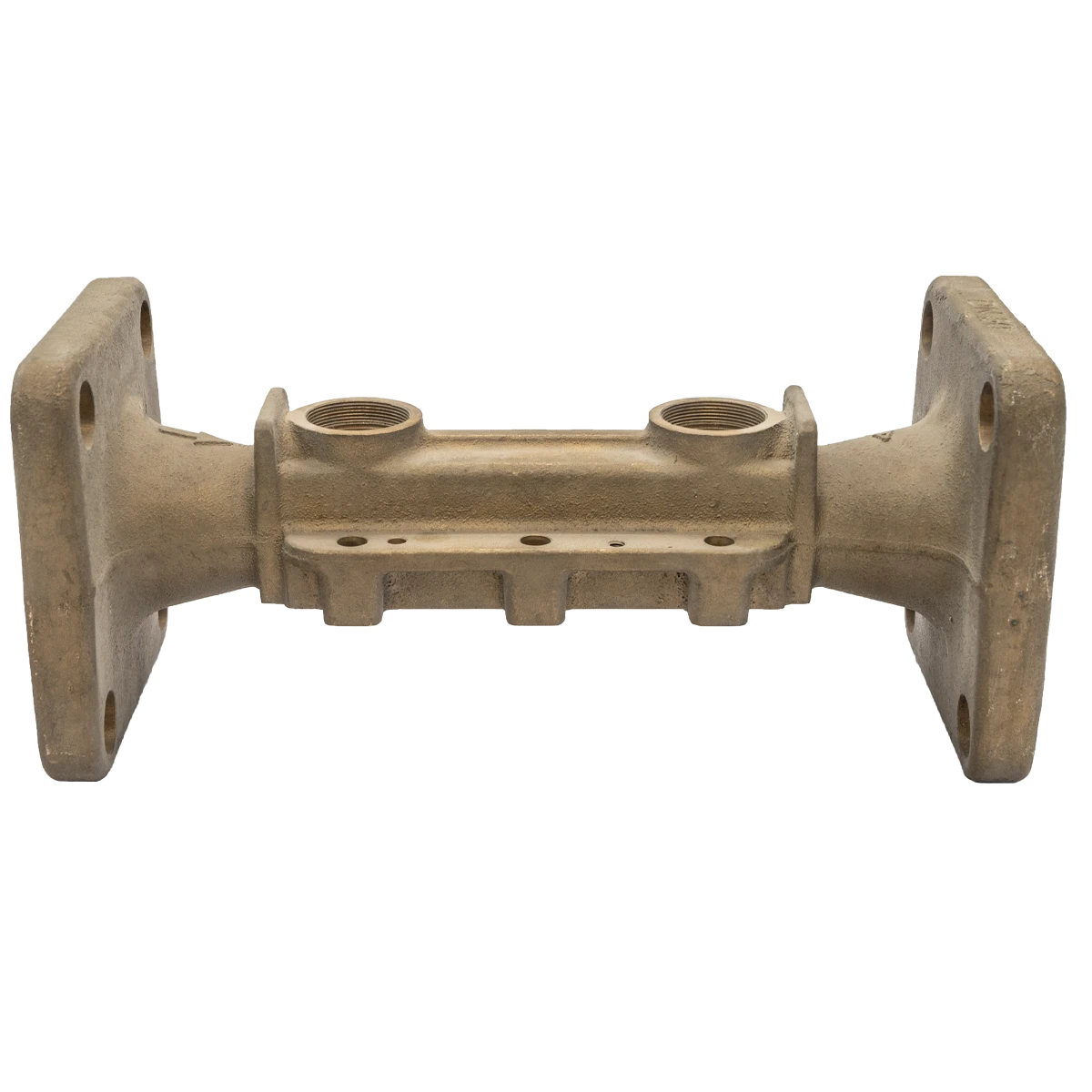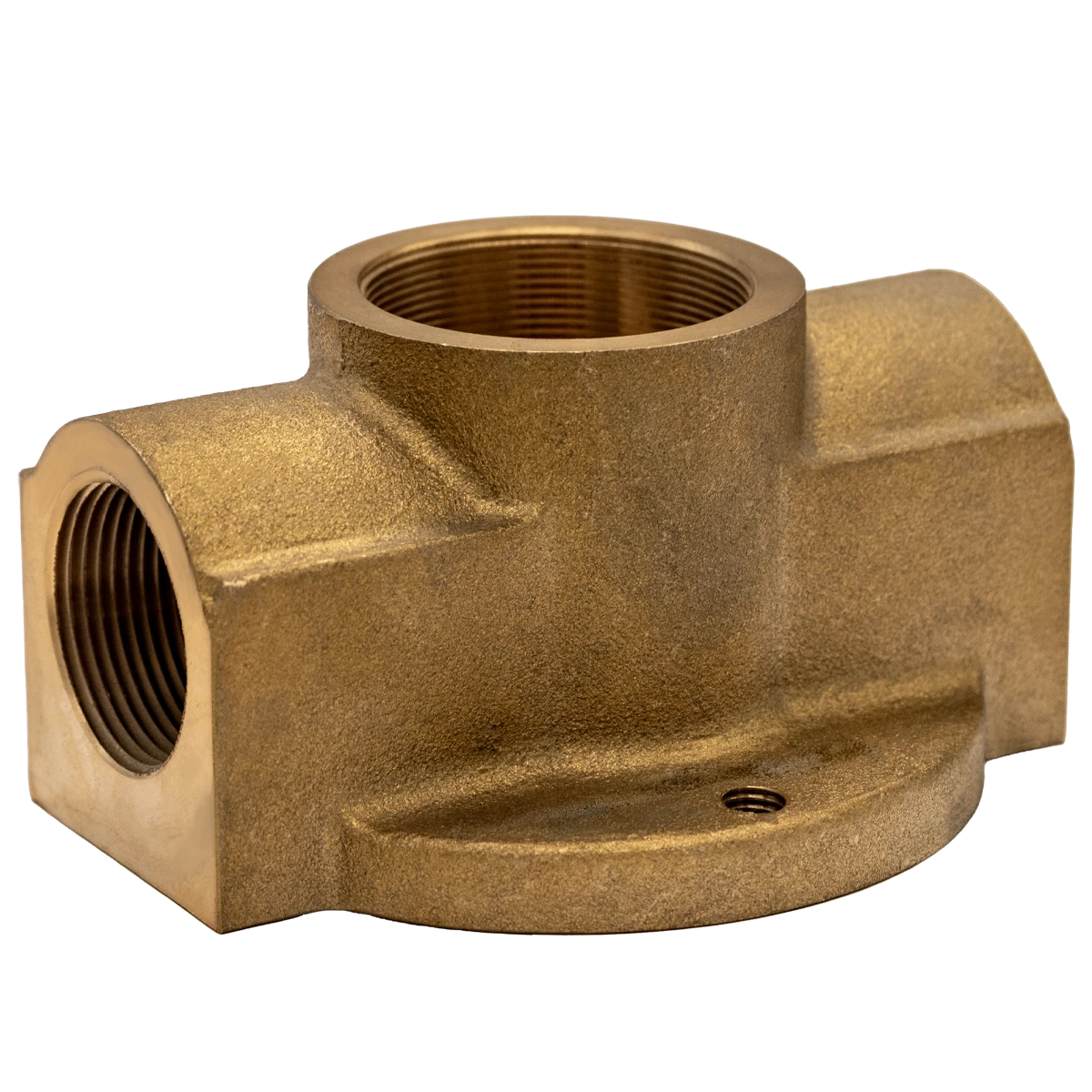Mobile:+86-311-808-126-83
Email:info@ydcastings.com
English
welding cast steel
Welding Cast Steel Techniques, Challenges, and Applications
Welding cast steel is a specialized process that requires a deep understanding of both the metallurgy of cast steel and the various welding techniques available. Cast steel is identified by its ability to withstand high stress and its excellent toughness, making it an ideal choice for a wide range of applications, including construction, automotive, and machinery components.
Understanding Cast Steel
Cast steel is produced by melting iron and alloying it with other elements, such as carbon, manganese, and nickel, among others. This alloying process gives cast steel unique properties, including improved ductility and strength compared to traditional cast iron. However, the welding of cast steel presents specific challenges largely due to the presence of carbon and the microstructure of the material.
Welding Techniques
Several welding methods can be employed for joining cast steel
. The most common techniques include1. Gas Metal Arc Welding (GMAW) This method is favored for its versatility and ability to produce strong, clean welds. GMAW is typically used for thinner sections of cast steel and offers a good balance of speed and quality.
2. Shielded Metal Arc Welding (SMAW) SMAW, or stick welding, is suitable for thicker sections of cast steel and can be applied in various positions. It provides excellent penetration and is often used in field applications.
welding cast steel

3. Submerged Arc Welding (SAW) SAW is preferred for heavy sections due to its high deposition rate and ability to produce deep welds with minimal defects. This method requires a fully automated setup but is very efficient in terms of time and cost.
4. Flux-Cored Arc Welding (FCAW) Similar to GMAW, FCAW offers enhanced penetration and is particularly useful for outdoor applications where wind can affect the shielding gas.
Challenges in Welding Cast Steel
Welding cast steel involves a set of challenges that welders must navigate to ensure the integrity of the joint. One major issue is the risk of cracking due to the high carbon content present in many cast steels. Preheating the material before welding can help mitigate this risk by reducing thermal stresses.
Additionally, post-weld heat treatment is often necessary to relieve residual stresses and improve the toughness of the weld. This treatment helps to refine the microstructure and ensures better performance under load.
Applications
The applications of welded cast steel are vast. It is commonly used in producing heavy machinery components, such as frames, support structures, and gearbox housings, where strength and durability are paramount. Cast steel's excellent machinability after welding makes it favorable in the manufacturing of components that require further machining.
In conclusion, welding cast steel is a complex but rewarding practice that combines technical skill and a deep understanding of materials science. With advancements in welding technology and methods, the opportunities for using cast steel in various industries are expanding, paving the way for innovative applications and improved structural integrity in essential products. The challenges associated with this welding process can be effectively managed with the right techniques, making cast steel a vital material in modern fabrication.
-
Materials Used in Manufacturing Cap End Pipe FittingsNewsNov.24,2025
-
Material Properties of CF8M CastingNewsNov.24,2025
-
How to Inspect Pump Cap Ends for DamageNewsNov.21,2025
-
Backward Curved Impeller – Efficient Airflow Solutions for Industry | YD CastingsNewsNov.21,2025
-
Automobile Water Pump - Efficient, Quiet, Durable & ElectricNewsNov.21,2025
-
Impeller for Pumps – High-Efficiency, Durable, OEM-ReadyNewsNov.21,2025











